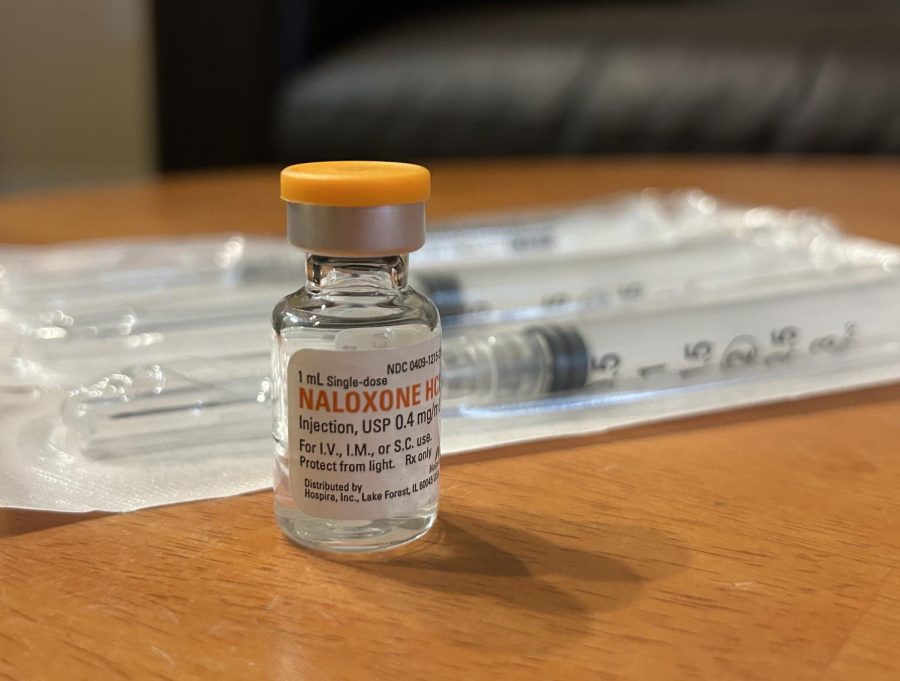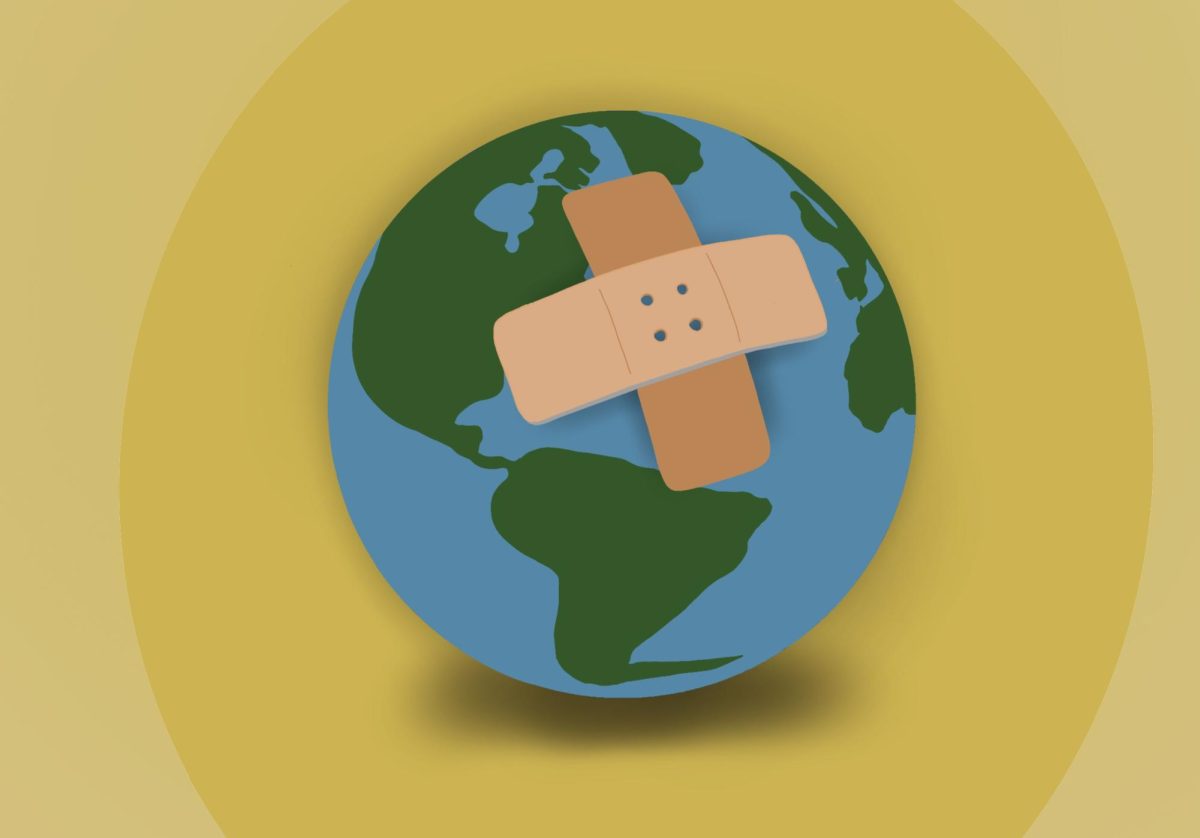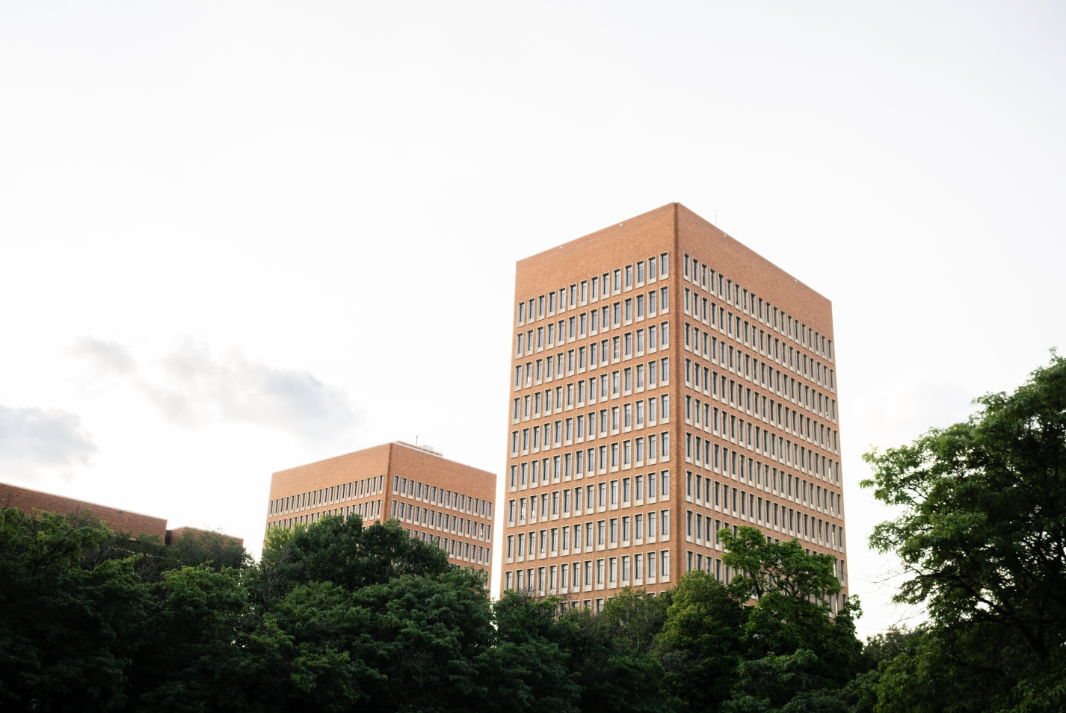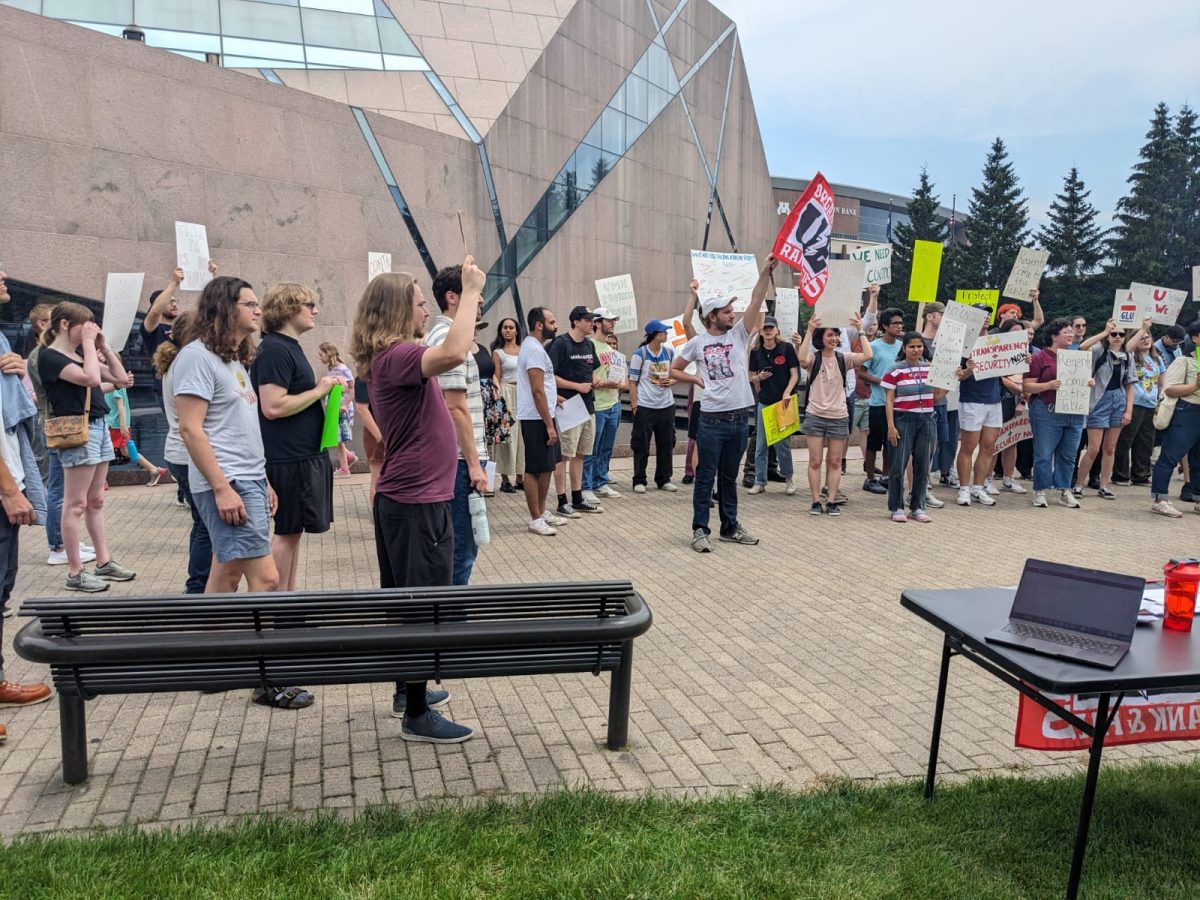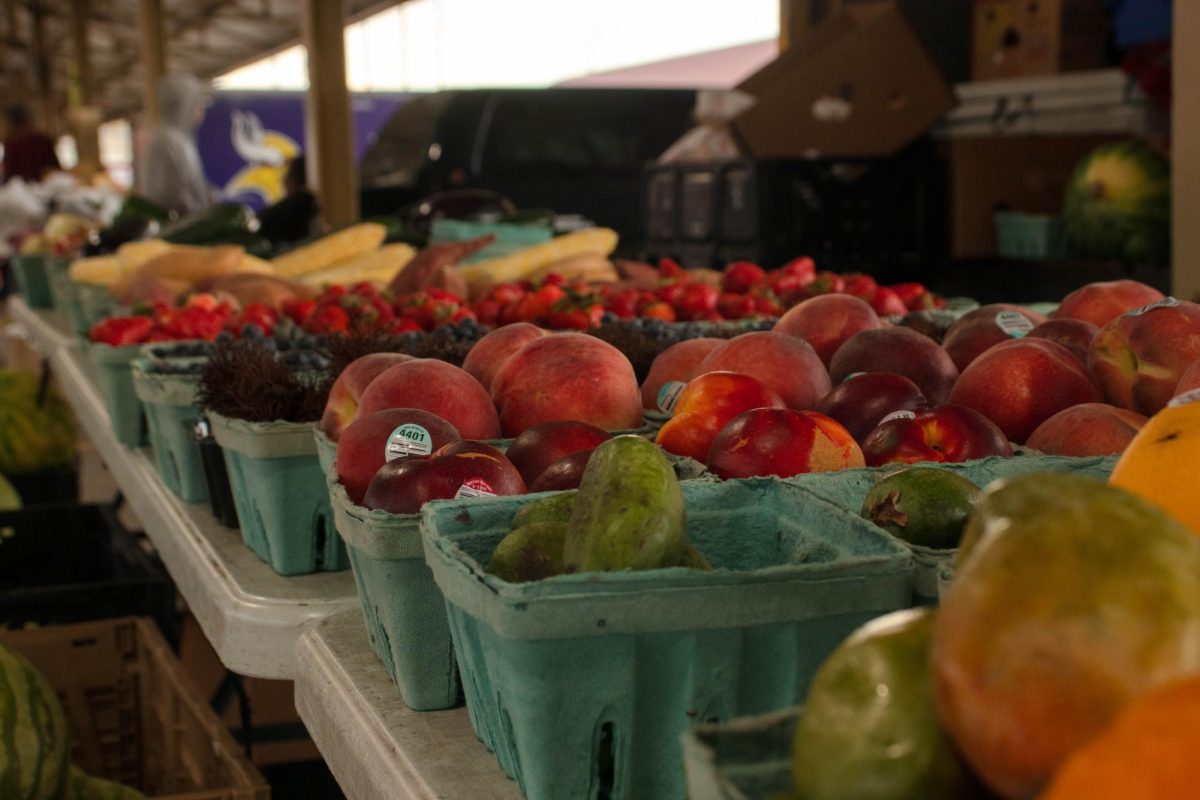More than100 University of Minnesota students learned how to administer the overdose-reversing naloxone and received an overdose response kit at a training event sponsored by the student group Boynton Health’s Recovery on Campus (ROC) and the Steve Rummler Hope Network (SRHN) on Monday in Moos Tower.
Each attendee received an overdose response kit, which included three intramuscular syringes, three doses of naloxone, gloves, alcohol wipes, a breathing barrier and an instruction card. The training provided information about overdose statistics in Minnesota, how to spot an overdose and how to administer intramuscular naloxone.
“Opiates are a very prevalent thing in our community and in college, it’s no different,” ROC President Jordyn Berg said. ROC is for those who are in recovery, have a loved one in recovery or want support related to substance use.
Naloxone is a drug that helps reverse opioid overdoses. It is sometimes referred to as NARCAN, which is the brand name of a nasal spray mechanism that dispenses naloxone, not the drug itself, SRHN presenter Liz Johnson said.
Berg said she hopes as more students learn how to use naloxone, people who overdose will be able to receive care more quickly, saving lives.
“People that have recovered have so much joy and appreciation for life and to think that some people aren’t getting that chance is heartbreaking,” Berg said.
This was the second overdose response training of the school year, with about 200 students attending a training in December 2022. There will be another overdose response training on April 14.
All Boynton Health advocates were trained to administer naloxone and given intramuscular naloxone in January, according to Julie Sanem, the director of health promotion at Boynton Health.
The Steve Rummler Hope Network helps lead naloxone training
The SRHN is a nonprofit based in St. Paul that works to train people on how to respond to overdoses. Equipping them with naloxone is one of the organization’s harm reduction initiatives.
Harm reduction is an approach focusing on reducing the potential consequences of high-risk behaviors, such as substance use, according to Boynton Health Interim Assistant Director ThanhVan Vu.
Naloxone can be given with a nasal spray or injection into a muscle (intramuscular) or vein (intravenous). The kits the SRHN hands out contain intramuscular naloxone, which should be injected into a major muscle such as the upper arm or the thigh, Johnson said.
There were 5,471 emergency room visits in 2021 in Minnesota related to opioid overdoses, according to Johnson. Of those visits, about 18% resulted in the death of the patient.
Steve’s Law, also known as the Good Samaritan Law, states people can attain naloxone without a prescription, Johnson said. Along with being able to carry naloxone, Steve’s Law also ensures the person who calls 911 will not be prosecuted if they are intoxicated with, or in possession of, a small amount of illicit drugs.
The SRHN handed out 27,208 overdose response kits and conducted more than 100 training sessions in 2022, according to Maddy Reagan, the overdose prevention manager at SRHN.
Naloxone is an extremely safe and effective drug, Reagan said. It is rare for people to be allergic to it, and even if administered to someone who has not overdosed on opioids, the person will not be harmed or affected, Reagan said.
If naloxone is given to someone who overdosed before their heart stops, that person has an about 90% chance of survival, Reagan said. After administration, naloxone is effective for between 30 and 90 minutes.
How to spot an overdose
Those experiencing an opioid overdose may lose consciousness or fail to respond, exhibit slow and shallow breathing or stop breathing, and/or have “pinpoint pupils,” Johnson during Monday’s training.
Other signs include making gasping or gurgling noises, a slow heartbeat and cold or discolored skin. It is important to note skin discoloration looks different on different skin tones, Johnson added.
According to Johnson, when responding to a person who seems to have overdosed, look for these signs and then attempt to wake the person, then call 911 to say it is a medical emergency. Administering naloxone and rescue breaths will give the person the highest chance of survival, Johnson said.
Clarification: Boynton Health advocates were trained to administer naloxone and given intramuscular naloxone in January.










